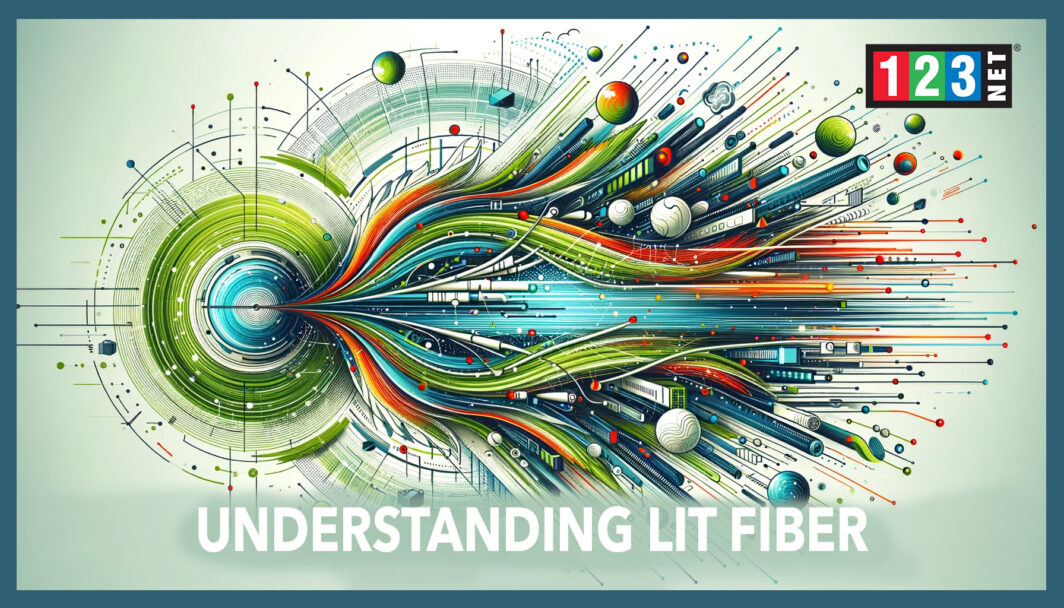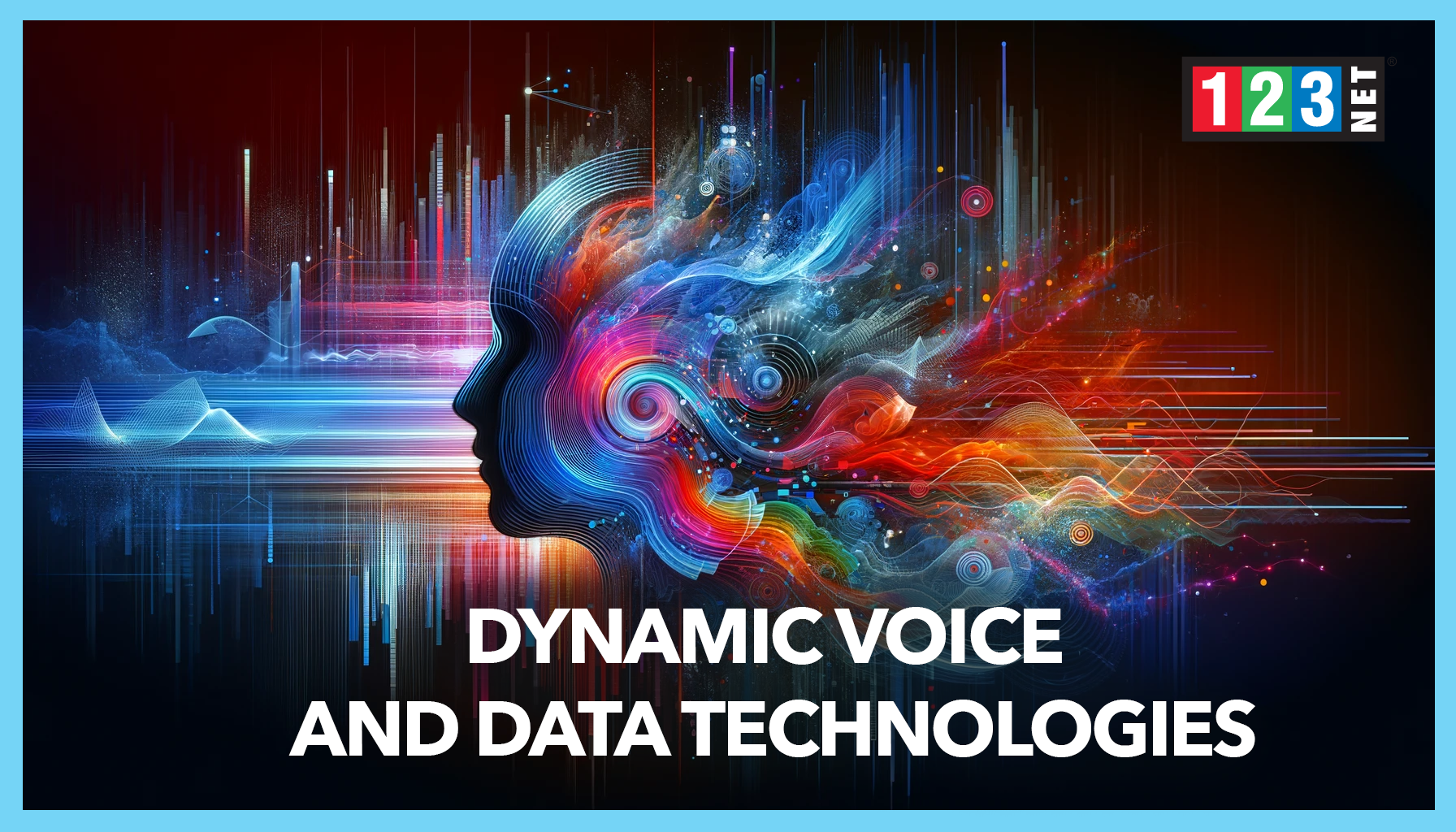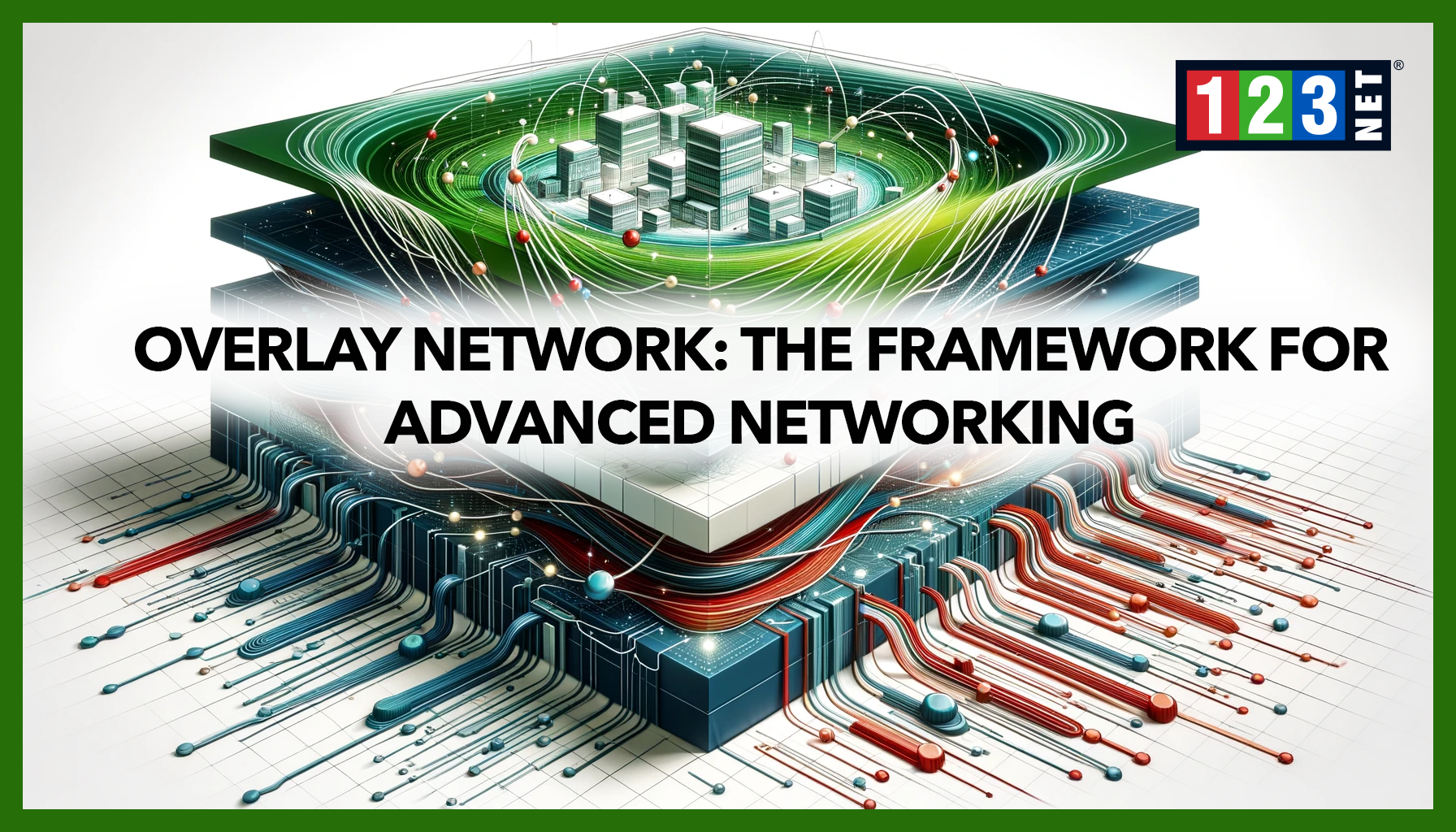
Introduction
In the era of digital transformation, lit fiber stands as a pivotal element of contemporary connectivity frameworks, heralding unprecedented data transmission speeds and unwavering reliability. This surpasses the limitations of traditional copper wires and wireless communications by harnessing light. Thereby providing bandwidth capacities that are indispensable for supporting today’s demand for high-speed internet.
As the digital landscape grows, highlighting its key role in supporting various digital initiatives. This shift towards scalable, secure, and sustainable networks is crucial for handling the surge in digital data and device connectivity. This section aims to discuss lit fiber’s role in modern connectivity.
The Basics of Lit Fiber
Lit fiber, as opposed to its counterpart, dark fiber, represents an activated state of fiber optic cables that are in use for data transmission using the medium of light. This distinction is pivotal in understanding the infrastructure that powers our modern digital world. Lit fiber operates by sending light pulses through optical cables, which encode and transport data over vast distances with minimal loss. This section aims to dissect the fundamental differences between lit and dark fiber, illuminating the operational nuances of lit fiber and delineating the key components that make up a lit fiber network.
Optical Cables
At the heart of the network are the optical cables themselves, designed to carry light with remarkable efficiency. Transceivers link cables by converting electrical to optical signals and vice versa, enabling data flow. This system is supported by amplifiers, routers, switches, and WDM technology, significantly boosting network capacity by allowing simultaneous data streams over a single cable.
High Speeds
Each element within the lit fiber network plays a critical role in ensuring data is transmitted at high speeds and with reliability. Optical cables, made from glass or plastic fibers, offer a pathway for light to travel with minimal signal degradation. Transceivers, positioned at either end of these cables, serve as the gatekeepers of data, encoding and decoding it into light pulses. Meanwhile, the supporting infrastructure, from amplifiers to multiplexers, ensures the network can handle the vast amounts of data generated and consumed by today’s digital activities, from cloud computing to video streaming.
Reliable
Understanding the distinctions between lit and dark fiber, and the operational intricacies of a lit fiber network, is essential for appreciating the technological advancements that have made high-speed, reliable data transmission across continents a reality. As we delve deeper into the components that constitute a lit fiber network, it becomes evident that this technology is not just about cables and hardware but represents a complex ecosystem that underpins the global internet infrastructure, enabling an interconnected world where information flows freely and efficiently.
Advantages of Lit Fiber for Businesses
Lit fiber technology, with its enhanced bandwidth and speed capabilities, offers businesses a powerful tool to catapult their operations into the future. This high-capacity network infrastructure is not just about moving data faster; it’s about transforming how companies operate, collaborate, and deliver services. The superior reliability and lower latency of lit fiber mean that businesses can depend on their network’s performance even in peak times, ensuring that critical applications run smoothly and efficiently. This reliability translates into reduced downtime, which is vital for operations that rely on real-time data access and online transactions, thereby safeguarding revenue streams and enhancing customer satisfaction.
Scalability and Flexibility
Moreover, the unparalleled scalability and flexibility of lit fiber networks allow businesses to adapt swiftly to changing data demands. As companies grow and their needs evolve, the network can scale to accommodate increased data traffic without significant infrastructure overhauls. This adaptability is crucial for businesses in rapidly changing industries or those experimenting with new digital services.
Cloud-based Services
Lit fiber also plays a pivotal role in supporting cloud-based services and digital transformation initiatives. The cloud has become a cornerstone for innovative business strategies, offering scalability, flexibility, and efficiency. However, the full potential of cloud services can only be unlocked with a network that can handle the heavy data transfer and high-speed connectivity requirements. Lit fiber networks meet these needs, enabling businesses to leverage cloud computing, big data analytics, artificial intelligence, and other emerging technologies that require robust, reliable connectivity.
IoT Devices
Furthermore, as digital transformation reshapes industries, the need for a solid digital infrastructure has never been more critical. Lit fiber provides the backbone for these initiatives, supporting the deployment of IoT devices, enabling the collection and analysis of data in real-time, and facilitating seamless communication and collaboration across global teams. In this way, not only supports current digital activities but also paves the way for future innovations, helping businesses stay competitive in a digital-first world.
In essence, the advantages of lit fiber—ranging from enhanced operational efficiency to the ability to support advanced digital initiatives—underscore its value as a strategic asset for businesses aiming to thrive in the digital era. By investing in these companies can ensure they have the infrastructure necessary to support their current operations and future growth, enabling them to leverage technology trends and maintain a competitive edge.
Geographic Reach of Lit Fiber Networks
The landscape of lit fiber connectivity presents a varied picture across different regions, notably in North America, Europe, and Asia Pacific, each with its distinct infrastructure development, availability, and array of service providers. This diversity in lit fiber networks is not just a matter of technological deployment but also reflects regional economic priorities, regulatory environments, and the strategic push towards digital transformation.
North America
In North America, the proliferation of lit fiber networks is significantly influenced by urban centers and vast rural areas. This is creating unique challenges in coverage and service delivery. The region’s focus on enhancing broadband accessibility has led to innovative solutions in lit fiber. The presence of numerous telecommunications giants and competitive local providers ensures a robust and competitive market.
Europe
Europe’s approach to lit fiber infrastructure is marked by regulatory frameworks aimed at high-speed broadband access as a universal service. This regulatory environment, coupled with the compact geographical nature of the region, has facilitated extensive lit fiber network rollouts. The public-private partnerships in many European countries has been instrumental in achieving significant coverage.
The Asia Pacific region showcases a dynamic and rapidly evolving lit fiber landscape, with countries leading in high-speed internet penetration. This is due to early and aggressive investment in fiber optic technology. Emerging economies within the region are also making significant strides. By leveraging lit fiber to leapfrog traditional connectivity hurdles and fuel economic growth. The diversity within the Asia Pacific, from highly urbanized centers to remote areas. This poses unique challenges and opportunities for lit fiber deployment. It is pushing innovation in network architecture and service delivery.
Geographic Diversity
The strategic importance of geographic diversity in these networks cannot overstate for multinational businesses. It ensures redundancy, critical for maintaining operations during outages or disruptions, and high availability. This is essential for businesses operating across time zones and requiring constant connectivity. Moreover, optimal performance, facilitated by regionally distributed networks, supports seamless global operations. This is enabling businesses to harness the full potential of digital technologies without hindering geographic limitations.
This exploration into the geographic distribution of lit fiber networks underscores the complex interplay. Like, between technology, policy, and market dynamics that shapes the global connectivity landscape. For businesses and policymakers alike, understanding these regional differences is crucial for making informed decisions. It needs to align with long-term strategic objectives and the overarching goal of achieving universal access.
Challenges and Considerations in Lit Fiber Deployment
While lit fiber technology offers numerous benefits, its deployment is not without significant challenges. High infrastructure costs pose a major barrier due to the significant groundwork and material expenses for fiber optic installation. This is challenging for rural or developing areas with uncertain returns, deterring many providers.
Government Agencies
Regulatory hurdles also play a critical role, as telecommunications infrastructure is heavily regulating by government agencies. These regulations can vary widely across regions and countries, affecting everything from the laying of cables. Navigating this complex regulatory landscape requires expertise and can lead to delays or increased costs for deployment projects.
5G
Furthermore, the rapid evolution of wireless technologies, such as 5G, presents a formidable competitor to lit fiber. Emerging wireless technologies offer fast connectivity at lower initial costs than fiber, making them attractive for hard-to-reach areas. This competition drives providers to innovate, emphasizing the unique benefits of reliability, speed, and low latency that fiber offers.
Planning
For businesses considering this investment, these challenges underscore the importance of comprehensive planning. It involves conducting thorough market research, forecasting future connectivity needs, and understanding the competitive landscape. Partnering with experienced providers can also mitigate risks, as these companies bring valuable expertise in deployment strategies. Understanding the regulatory landscape is vital as it impacts deployment, operations, and growth opportunities.
Future Trends
The future of lit fiber is driven by an ever-increasing demand for bandwidth, propelled by technological advancements. As societies and industries become more interconnected and data-intensive, the need for reliable, high-capacity communication networks becomes more critical. With its ability to provide unparalleled data transmission speeds and bandwidth, is perfectly positioned to meet these demands.
Technological innovations such as advancements in fiber cable design, promise to further enhance the capabilities of lit fiber networks. These innovations could enable even faster data speeds and more extensive network coverage, including in previously hard-to-reach areas.
FAQs
- What Is the Difference Between Lit and Dark Fiber? A: It is activated and ready for data transmission, whereas dark fiber is inactive.
- How Do Businesses Benefit from Lit Fiber? A: Businesses enjoy higher speeds, reliability, and scalability.
- Can Lit Fiber Support 5G Deployment? A: Yes, its high capacity and speed make it ideal for backhauling 5G networks.




